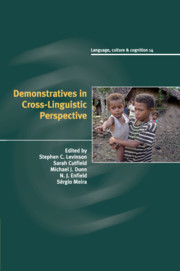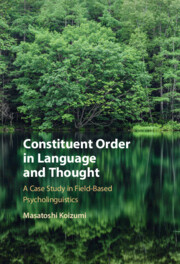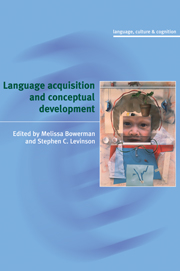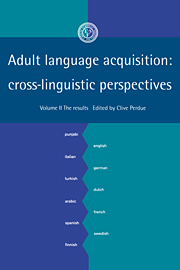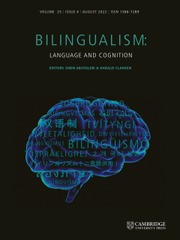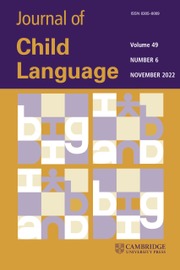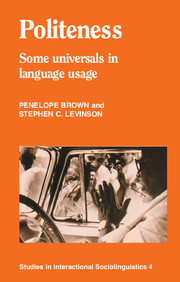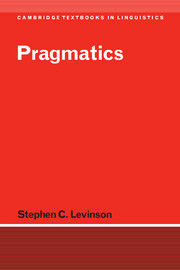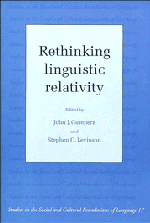Demonstratives in Cross-Linguistic Perspective
Demonstratives play a crucial role in the acquisition and use of language. Bringing together a team of leading scholars this detailed study, a first of its kind, explores meaning and use across fifteen typologically and geographically unrelated languages to find out what cross-linguistic comparisons and generalizations can be made, and how this might challenge current theory in linguistics, psychology, anthropology and philosophy. Using a shared experimental task, rounded out with studies of natural language use, specialists in each of the languages undertook extensive fieldwork for this comparative study of semantics and usage. An introduction summarizes the shared patterns and divergences in meaning and use that emerge.
- Offers a 'do-it-yourself' manual for comparative field work, which will be useful for advanced courses in semantics, pragmatics and language documentation
- Takes into account the latest research from linguistics, psychology, neuroscience and gesture studies
- Provides a comparative tool that can be run in any field, allowing scholars to follow up on the studies present and in other languages
Reviews & endorsements
'Reporting on demonstratives in fifteen nearly all unrelated and 'exotic' languages, each language is studied with an identical, interactive elicitation technique, resulting in very detail language-specific descriptions as well as a typological sketch of the key parameters of variation. Even if readers already know that there is much more to this, that and the other than a proximal verus distal distinction, this book is a must.' Johan van der Auwera, Universiteit Antwerpen
Product details
June 2018Adobe eBook Reader
9781108342599
0 pages
47 b/w illus. 69 tables
This ISBN is for an eBook version which is distributed on our behalf by a third party.
Table of Contents
- Introduction: demonstratives – patterns in diversity Stephen C. Levinson
- 1. The demonstrative questionnaire: 'this' and 'that' in comparative perspective David P. Wilkins
- 2. Lao demonstrative determiners nii4 and nan4 – An intentionally discrete distinction for extensionally analogue space Nick Enfield
- 3. Dalabon exophoric uses of demonstratives Sarah Cutfield
- 4. Brazilian Portuguese – non-contrastive exophoric use of demonstratives in the spoken language Sergio Meira and Raquel Guirardello-Damian
- 5. 'See this sitting one' – demonstratives and deictic classifiers in Goemai Birgit Hellwig
- 6. Tzeltal – the demonstrative system Penelope Brown and Stephen C. Levinson
- 7. Yucatec demonstratives in interaction: spontaneous vs. elicited data Jürgen Bohnemeyer
- 8. Lavukaleve – exophoric usage of demonstratives Angela Terrill
- 9. Tiriyó – non-contrastive exophoric uses of demonstratives Sergio Meira
- 10. Trumai – non-contrastive exophoric uses of demonstratives Raquel Guirardello-Damian
- 11. Saliba – Exophoric demonstratives Anna Margetts
- 12. Warao demonstratives Stefanie Herrmann
- 13. Chukchi – non-contrastive spatial demonstrative usage Michael Dunn
- 14. Yélî Dnye – demonstratives in the language of Rossel Island, Papua New Guinea Stephen C. Levinson
- 15. Tidore – non-contrastive demonstratives Miriam van Staden
- 16. The Jahai multi-term demonstrative system – what's spatial about it? Niclas Burenhult.

